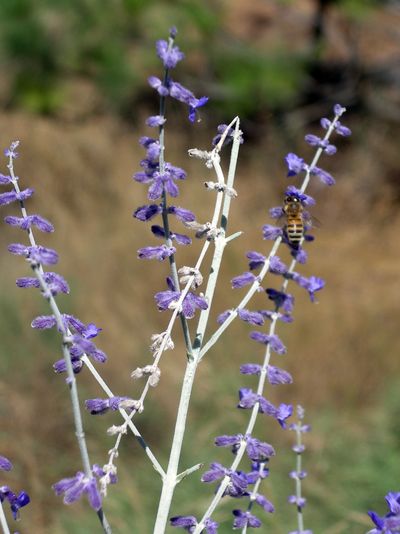Learn how to lure, keep pollinators in garden

The news was sad a couple of weeks ago when more than 50,000 bumble bees perished after foraging on linden tree blossoms in Wilsonville, Ore.
The cause? The improper application of the insecticide dinotefuran to control aphids in the lindens. The bees killed represented several hundred wild colonies of an already struggling pollinator insect. We count on such insects to pollinate a host of vegetable, fruit and forage crops.
Pollinator insects such as honeybees, bumblebees, solitary native bees, pollinating wasps, flies, butterflies and moths have been under siege for a number of reasons. Insecticides used on crops and home landscapes are often not selective as to what they kill. Critical habitat and access to acceptable food sources are diminishing as we develop more land and remove native plants the insects rely on. Scientists have yet to find the cause of colony collapse in honey bees.
At 6 p.m. Wednesday, WSU Spokane County Extension, the Inland Northwest Land Trust and the Inland Empire Beekeepers Association are hosting the film, “More Than Honey” at the Magic Lantern Theatre. This well-researched and thorough study of bees and their complex influence on human civilization will examine the honeybee colony collapse disorder as well as other issues affecting pollinators. At the conclusion of the movie, I will talk about the importance of pollinators in our region and how you can encourage them in your garden. Tickets are $7 at the door.
As gardeners, we are on the front line of reversing this decline simply by how we manage our gardens and, by extension, the pollinators that inhabit them. One of the first things many gardeners have to do is change their mind set. Many of us see bugs on our plants and pull out the insecticide without properly identifying the good guys from the bad. Is it really that important to nuke everything in sight? Learn to identify the good bugs and then live with a few nibbled leaves.
Pollinator insects, along with other beneficial insects, are no different than other wildlife in the garden. They need a place to raise young, food, shelter and water. Try leaving the edges of the yard rough and brushy to provide resting and breeding habitat. Plant a mixture of flowering perennials, annuals, shrubs and trees that will bloom in succession through the growing season. Provide access to water from a bird bath or a dripping faucet. Learn to live with a few weeds. Dandelions are a good source of high protein pollen early in the spring.
The best flowers to plant for pollinators and beneficial insects are those with small flowers in large clusters. Because many of the insects are small, a small flower is easy to get into to get pollen and nectar. The small insects can actually drown trying to get into large flowers. Flower clusters that are flat or composed of single petals also make good landing places and places to search out a mate.